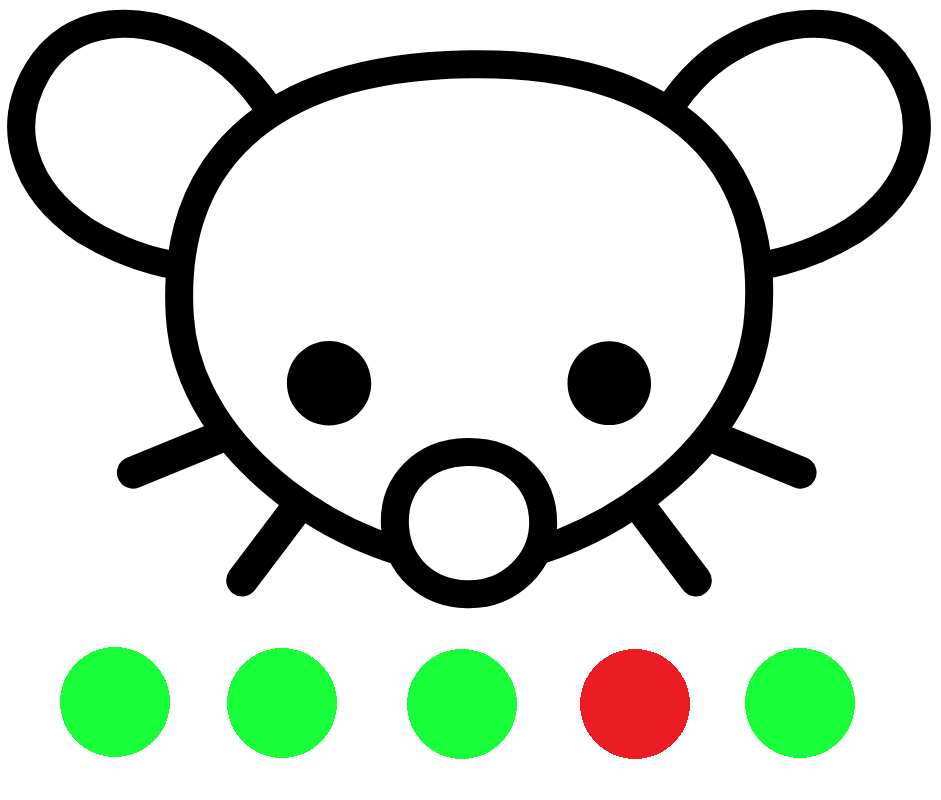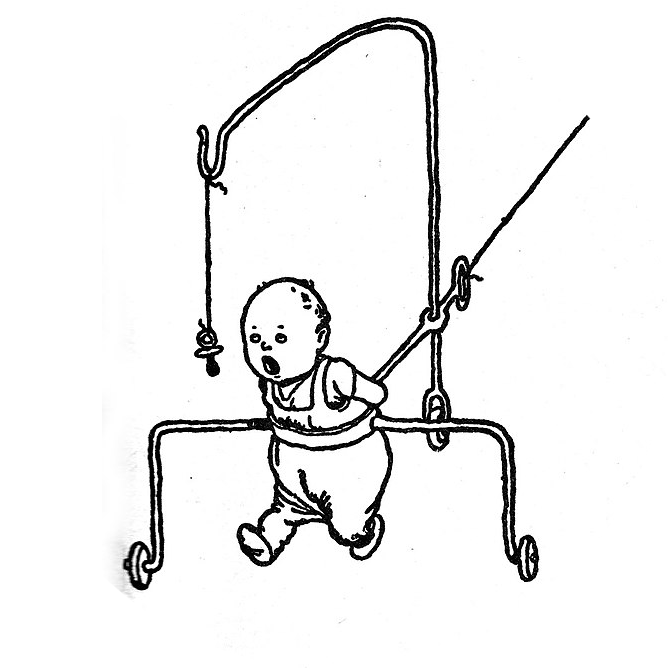

I work for a company that handles this In a few ways. We set up read replicas to handle large read queries. To offload the reads from the primary server. Data is replicated to the read replicas so reporting can be run from that server. And not add load to the primary server.
The second approach is sharding. Sharding breaks a large table into smaller, more manageable chunks, distributing them across systems. This reduces the burden on any one server, improves performance, and enables scaling out as data or traffic increases.


To be fair how colors mix with light vs paints are completely different. With light, maroon is made by combining mostly red with a small amount of blue and reducing brightness—since additive mixing can’t produce true dark tones, it relies on dimming. With paint, maroon is created by mixing red with a bit of blue or black, which absorbs more light, naturally producing the dark, muted red. So in light, maroon is a dim, cool red; in paint, it’s a red with absorbed brightness and added depth.